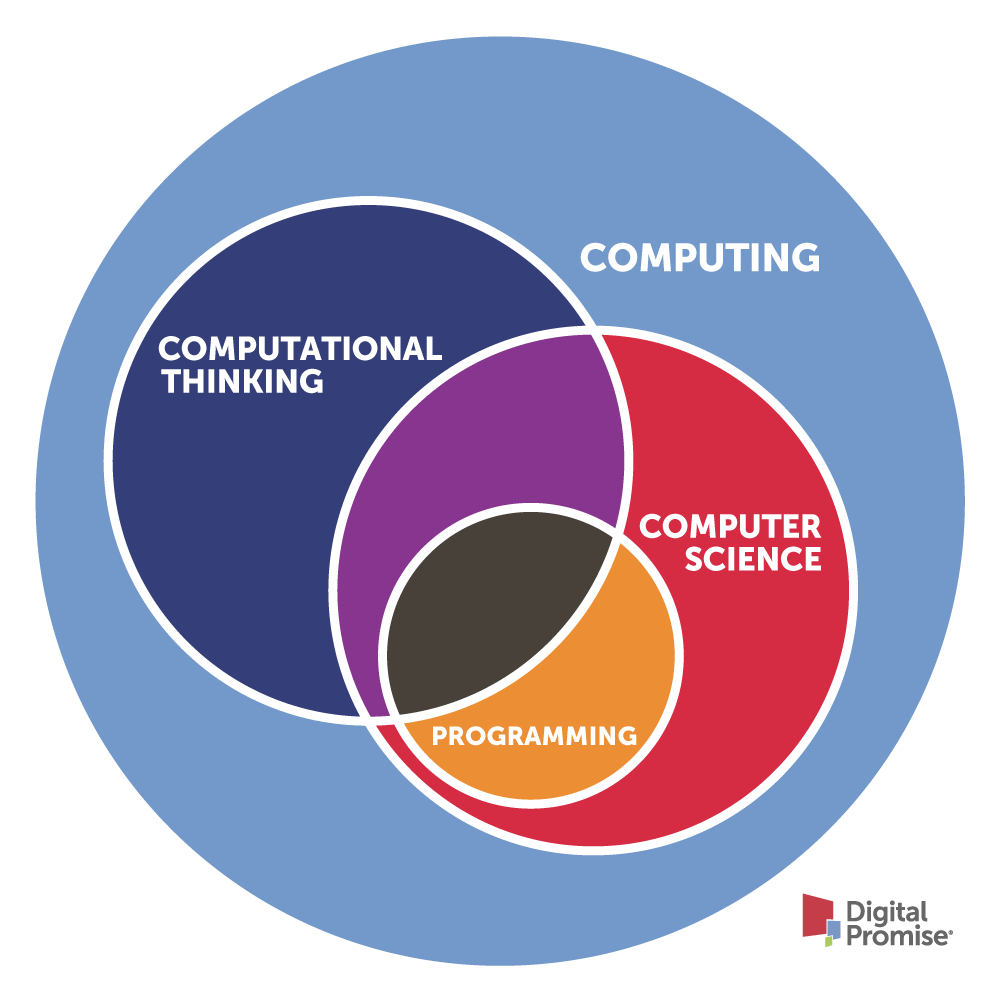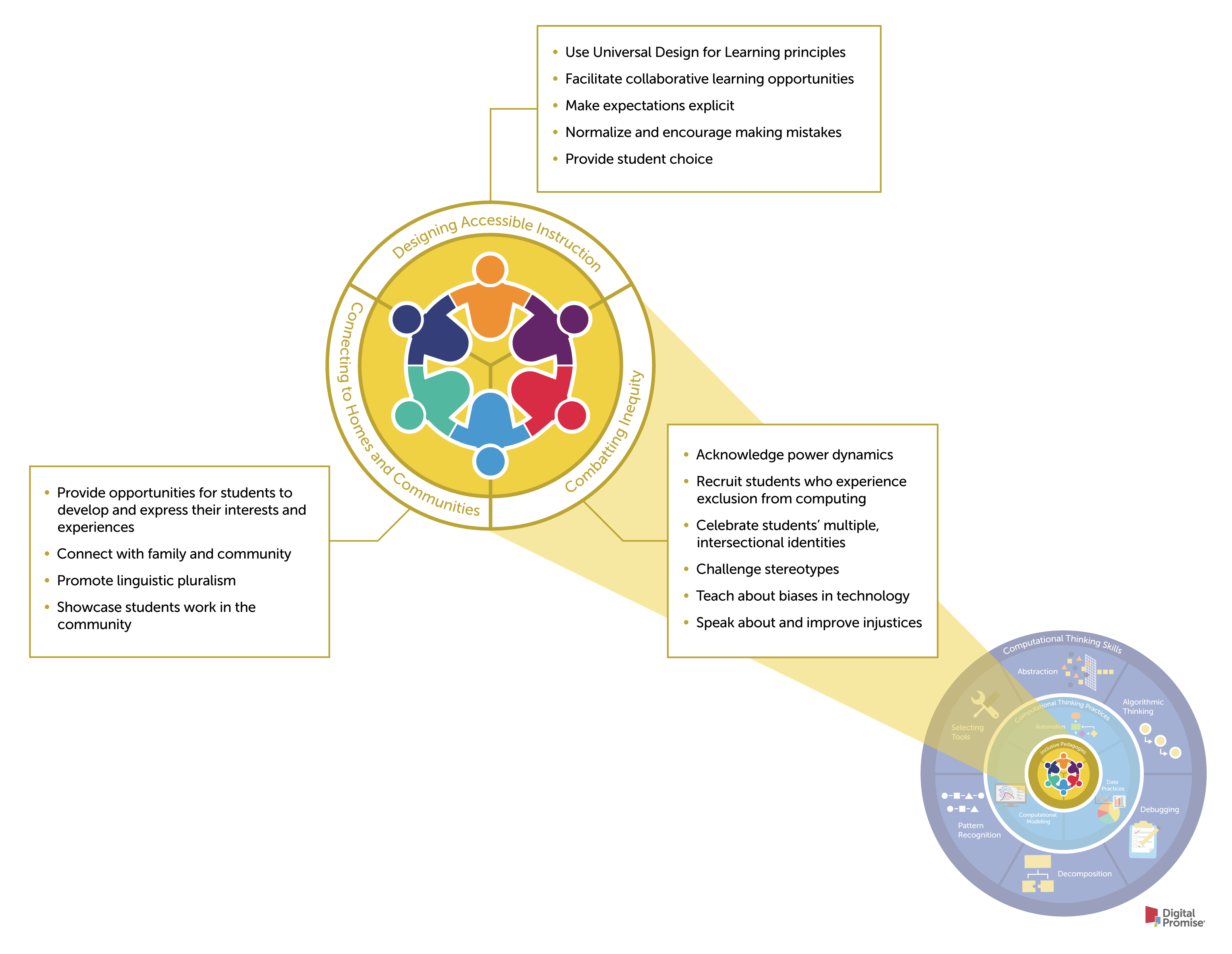
Figure 1. The relationship between computer science (CS), computational thinking (CT), programming and computing.

Figure 2. A framework for computational thinking integration.

Figure 3. Examples of inclusive pedagogies for teaching computing in the classroom adapted from Israel et al., 2017; Kapor Center, 2021; Madkins et al., 2020; National Center for Women & Information Technology, 2021b; Paris & Alim, 2017; Ryoo, 2019; CSTeachingTips, 2021